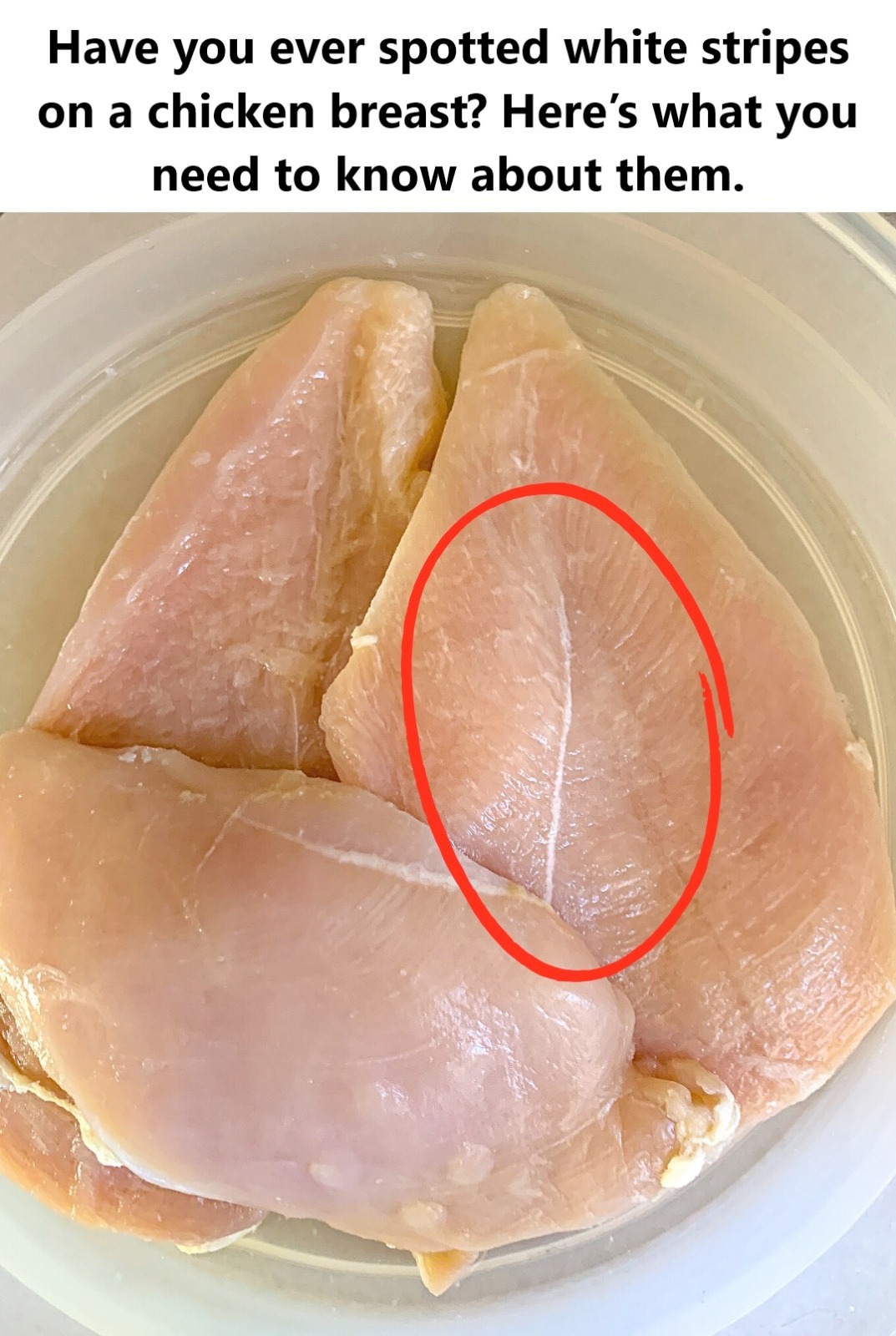ADVERTISEMENT
Other Myopathies in Chickens: Woody Breast and Spaghetti Muscle
“Myopathy” refers to conditions that damage voluntary muscles, also known as striated muscles. White striping is not the only myopathy linked to the rapid growth of chickens. Research by Professor Shai Barbut from the Food Science Department at the University of Guelph, Ontario (Canada), has identified three major myopathies commonly found in chickens:
White striping, which appears as parallel stripes on the surface of the pectoral muscle.
Woody breast, characterized by the accumulation of connective tissue and fat within the pectoral muscle.
Spaghetti muscle (spaghetti meat), where the muscle fibers separate, giving the meat a stringy texture.
The “Spaghetti Meat” Phenomenon
These myopathies are associated with rapid growth and larger chickens. They are primarily linked to the speed of growth at a particular age, rather than just the chicken’s weight. Woody breast is caused by a metabolic disorder resulting in abnormal fat accumulation in the breast muscle. Although not harmful to humans, this makes the meat tough and unpleasant to eat. Spaghetti muscle, often confused with white striping, causes a stringy texture. It results from the chicken’s inability to supply enough oxygen and nutrients to the muscle fibers due to rapid growth, leading to fiber degradation and fibrosis.
Commercial Impact
The commercial implications of these myopathies should not be underestimated. Chickens affected by severe cases of these conditions are often deemed unsellable due to the defects in the meat. However, in less severe cases, the chickens are still sold. While the long-term effects on taste and nutrition are not fully understood, these defects can affect the quality of the meat.
ADVERTISEMENT
